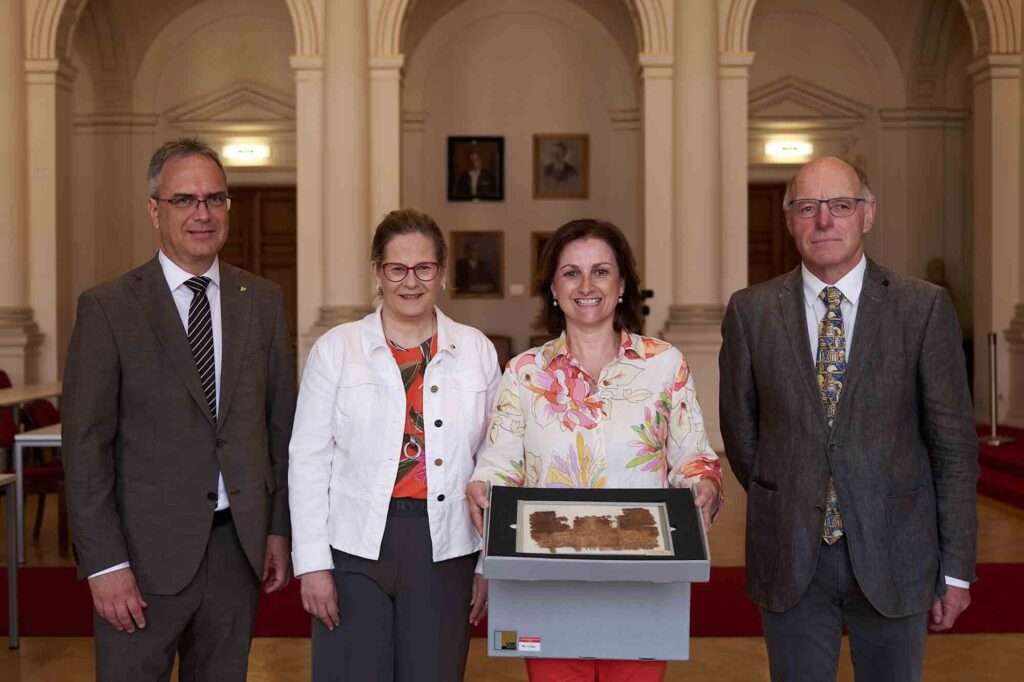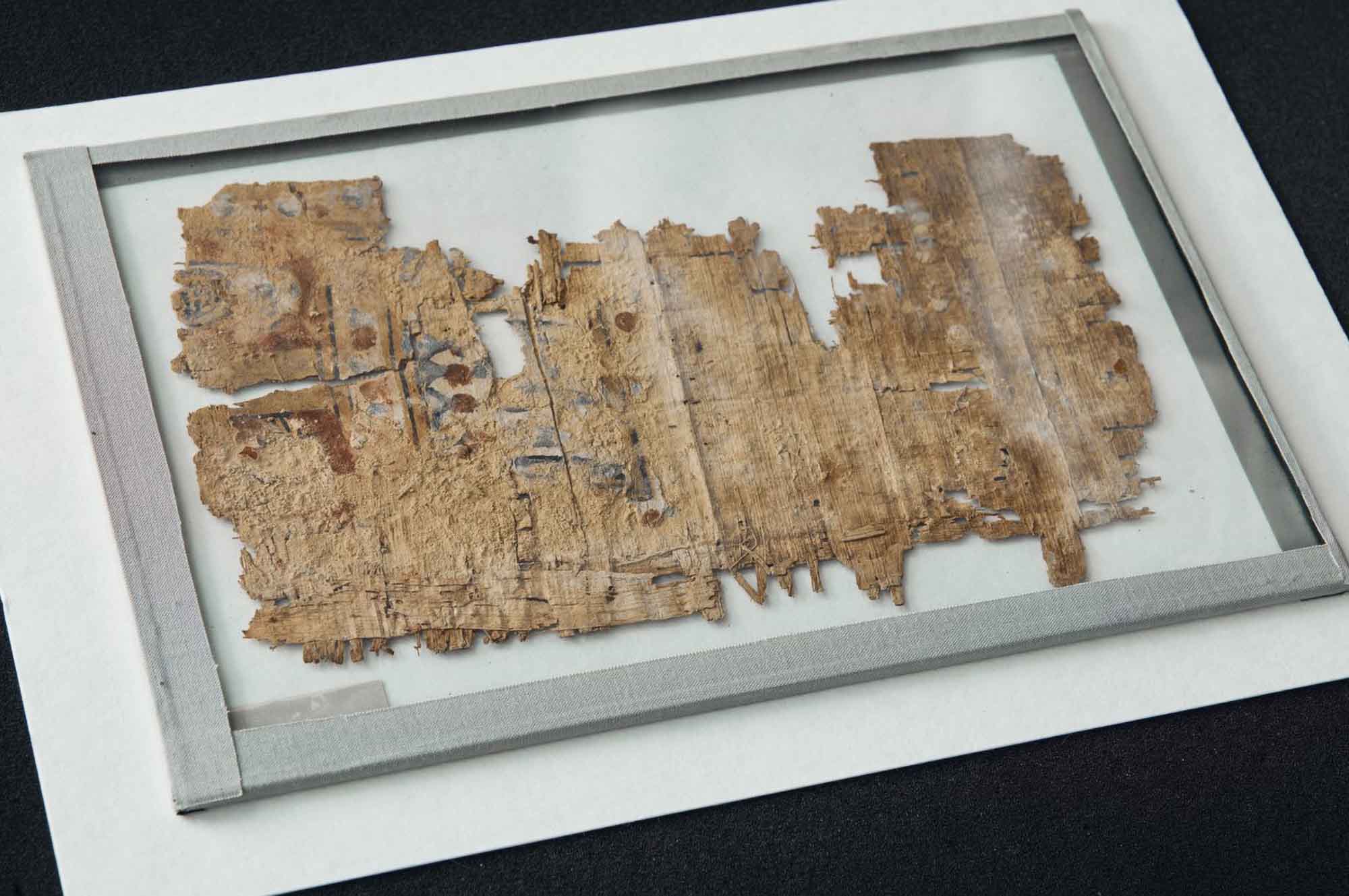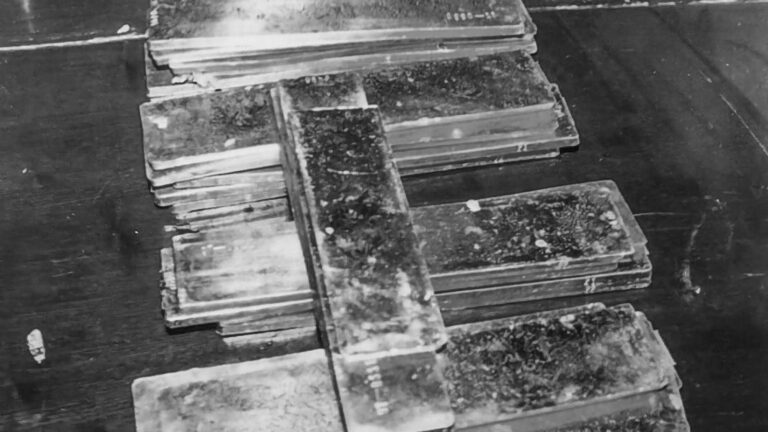A scrap of papyrus left on a museum shelf for a hundred years has been found to be a page from what experts say is the oldest book ever written – about beer.
The page found in an Egyptian tomb is an accounts document written in Ancient Greek recording taxes paid on beer and olive oil.
But scientists have now discovered ancient threads and holes showing it was once a page that had originally been part of a book.
Experts now believe it dates back to around 260BC, when Egypt was under the rule of the Macedonian Greek Ptolemaic dynasty.
If so, it make the extraordinary discovery the oldest book ever found, they say.
The truth emerged during routine preservation work by conservator Theresa Zammit Lupi on papyrus fragments at the Special Collections at Graz University Library in Austria.
The fragment was originally found in 1902 in the wrapping of a mummy at a necropolis in El Hibeh, Egypt.
Zammit Lupi said: “This discovery was totally serendipitous. First I saw a piece of thread, only then did I notice the format of a book.

“I saw a central fold, the stitching holes and the written text within clearly defined margins on the papyrus.”
The conservation expert told how the discovery made her “feel like Indiana Jones”.
She said: “As a conservator, it feels very special to contribute to the history of the book. At the same time, you think it’s surreal. It’s like watching a movie.”
The earliest previous evidence of written books with stitched pages date back to around 150 to 250 AD – hundreds of years later.
The world’s oldest known scrap of papyrus – not stitched into a book – is 4,500 years old.

To find out more about the author, editor or agency that supplied this story – please click below.
Story By: Michael Leidig, Sub-Editor: Michael Leidig, Agency: Newsflash
The Ananova page is created by and dedicated to professional, independent freelance journalists. It is a place for us to showcase our work. When our news is sold to our media partners, we will include the link here.




